Amidst the commodity price inflation, Ashish Bhatia with Sumesh Soman checks the bearing on zinc in its various forms for the components industry.
If you start dismantling a modern automobile, be it under the hood, tearing apart the chassis, or inspecting the fuel system, you are likely to find many parts plated with Zinc. The element plays a crucial role in the making of automotive parts, the reason being its anti-corrosive properties. Many OEMs give out warranties on their component because zinc-coated parts can withstand up to 1,000 hours of salt spray testing. It is well known how the use of a galvanise sheet for automotive body panels allows OEMs to offer an up to the 12-year warranty on corrosion resistance at a fraction of the cost. Consumers stand to benefit from durability, aesthetics, long term surface stability of surface appearance and low maintenance. The chemical element is also the 24th most abundant element found in the earth’s crust and is the fourth most commonly used metal, topped by iron, copper and aluminium.
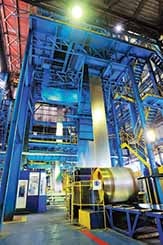
The primary industry use of Zinc is galvanisation; a process of adding a zinc coating to steel or iron to protect against premature rusting. Zinc is chosen over other elements with similar properties because it provides a two-pronged corrosion defence, it initially serves as a barrier coating and also a sacrificial coating that experiences a higher level of oxidation than the underlying metal surface. Automotive manufacturing applications for zinc and zinc-nickel plating include engine and other under-the-hood components, power steering systems, brake parts and systems, air-conditioning components and systems, chassis hardware, climate control components and fuel systems. In the case of Electric Vehicles (EVs), zinc-ion batteries could be a potential replacement for lithium-ion packs. Manufacturers can use the same manufacturing process before mass-producing zinc-ion packs. Nickel-Zinc batteries are also known to be used for automotive applications. Until recently, it was available in abundance, and the low cost of the element appealed to the automotive industry. If the industry were to ape the west and resort to 10-11 kg of zinc per car, the consumption levels could hover around 150,00 tonnes per year as per an International Zinc Association (IZA) India study. Notably, it can be recycled 100 per cent without loss of properties and qualities making it reusable.
The surge in Zinc prices
The disruption of zinc concentrate supplies is among the reason for the availability of zinc being impacted. The suspension of large mines, at first during the start of the pandemic and then China’s persistent restrictions followed by global disruptions are amongst the reasons for the surge as per experts. As per a Fitch Solutions report, the metal has averaged USD 3,688 on a Year-To-Date (YTD) basis. “At these levels, zinc is close to reaching its all-time high of USD 4,442 per tonne reached in 2006. Our 2022 price forecasts imply that we expect prices to stabilise and weaken from hereon in the coming months, despite remaining elevated compared to historical standards,” it states.
Last year, in October, the commodity price forecast by the World Bank projected that the average price of Zinc will reach USD 2,400 in 2022 against USD 2,700 per tonne at the end of 2021. But the Russia-Ukraine conflict has disturbed the market fundamentals. In the ‘Pink Sheet’, the World Bank Commodities Data reflected the monthly, quarterly and annual averages of several commodities. Here zinc, on a monthly average (Jan-March 2022) surged from USD 3599 per metric tonne to USD 3962 per metric tonne. When looking at every quarter, it surged from USD 2747 in Jan-March 2021 to USD 3727 in Jan-March 2022. On an annual basis, prices surged from USD 2550 in 2019 to USD 3003 in 2021.
Back home, integrated mining and resource company Hindustan Zinc attained the production milestone of more than a million tonnes of mined metal in a year during FY22. In good news for procurement divisions at suppliers, the company is now looking to acquire mining assets overseas in its attempt to boost total annual production up to 2.5 million tonnes. The company is already exploring locations in Africa, according to Chief Executive Officer, Arun Misra’s statement. The company is scouting to acquire between 0.5-and one million tonnes per annum of mining assets overseas. Speaking about the soaring prices of zinc metal in the global markets, Misra is known to have said that he doesn’t expect the prices to soften anytime soon. The prices of zinc had started inching upwards even before the Russian invasion of Ukraine due to higher energy prices and China reducing its manufacturing capacity to meet its climate goals, he had stated. The metal’s price also breached the USD 4,500 mark for a tonne on the London Metal Exchange, compared to sub-USD 2,000 prices two years ago adding to the industry woes.
Alternative commodities
While Zinc prices along with other commodities soar away, the market is also trying to extract more zinc through other alternatives. In the short term, there is fear of the industry resorting to lower utilisation of galvanised steel used especially for the export markets. Then it could resort to using thinner zinc alloy coats. There is also the alternative to use alloys of zinc and aluminium or zinc with magnesium. Zinc-Aluminium alloy Galvanlume, for example, is known to be widely used for higher temperature applications like vehicle powertrain. Zinc-iron alloy (Zinc at 55 per cent), Galvanneal is known to offer improved paintability, weldability and draw ability. In effect, zinc coatings could be lowered by half. To understand the severity, back in 2017, the die casting, in which molten zinc is moulded into components accounted for 10-15 per cent of the zinc consumption. Galfan (zinc at five per cent) with aluminium is used for severely formed parts like components and hailed for its superior coating adhesion.


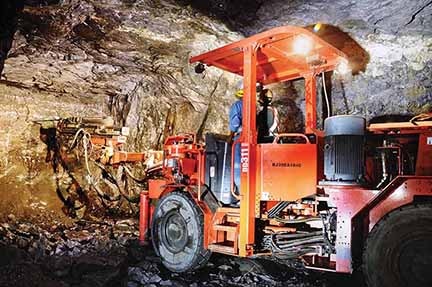
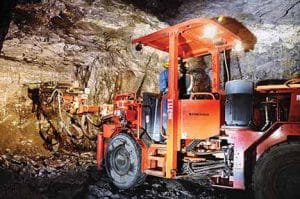


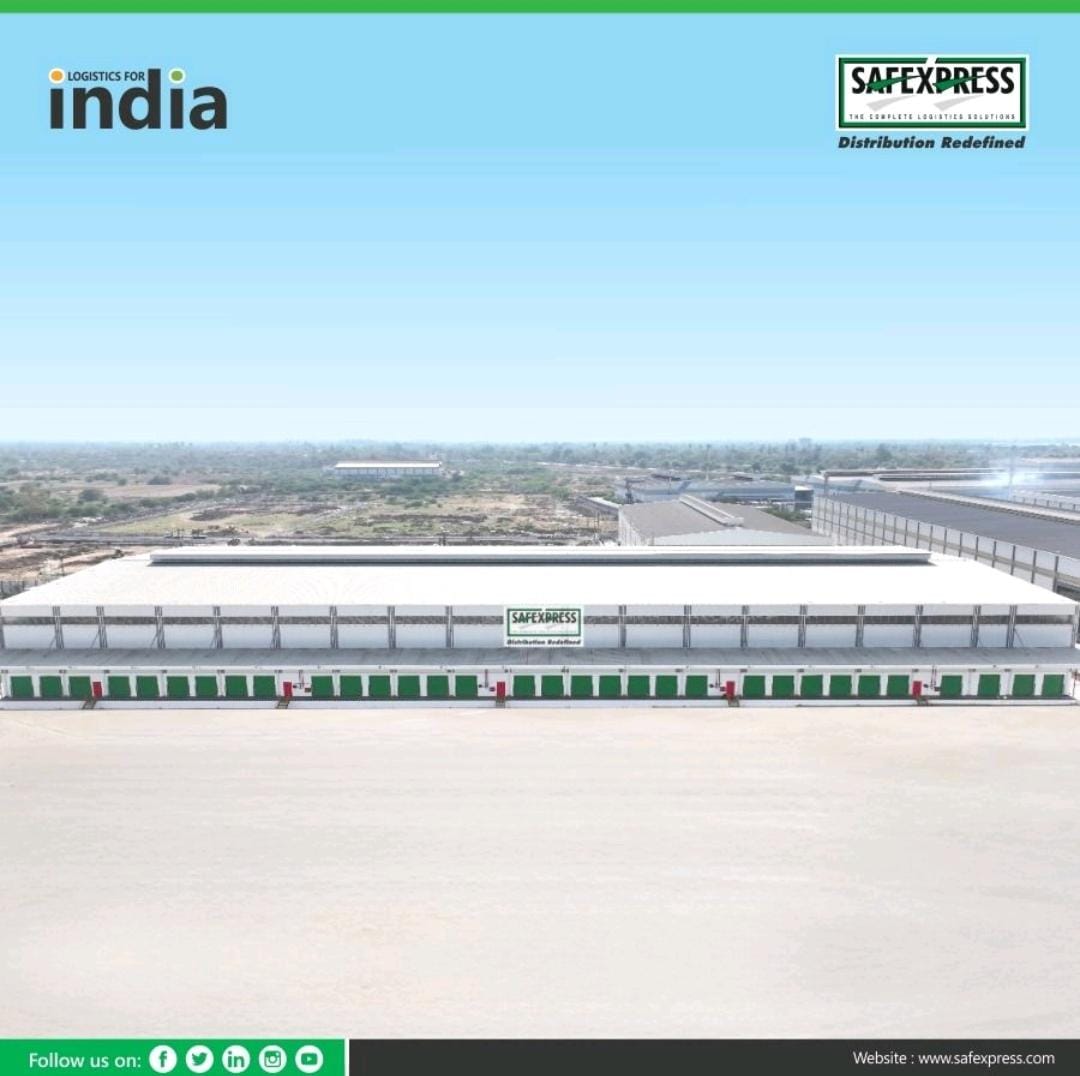

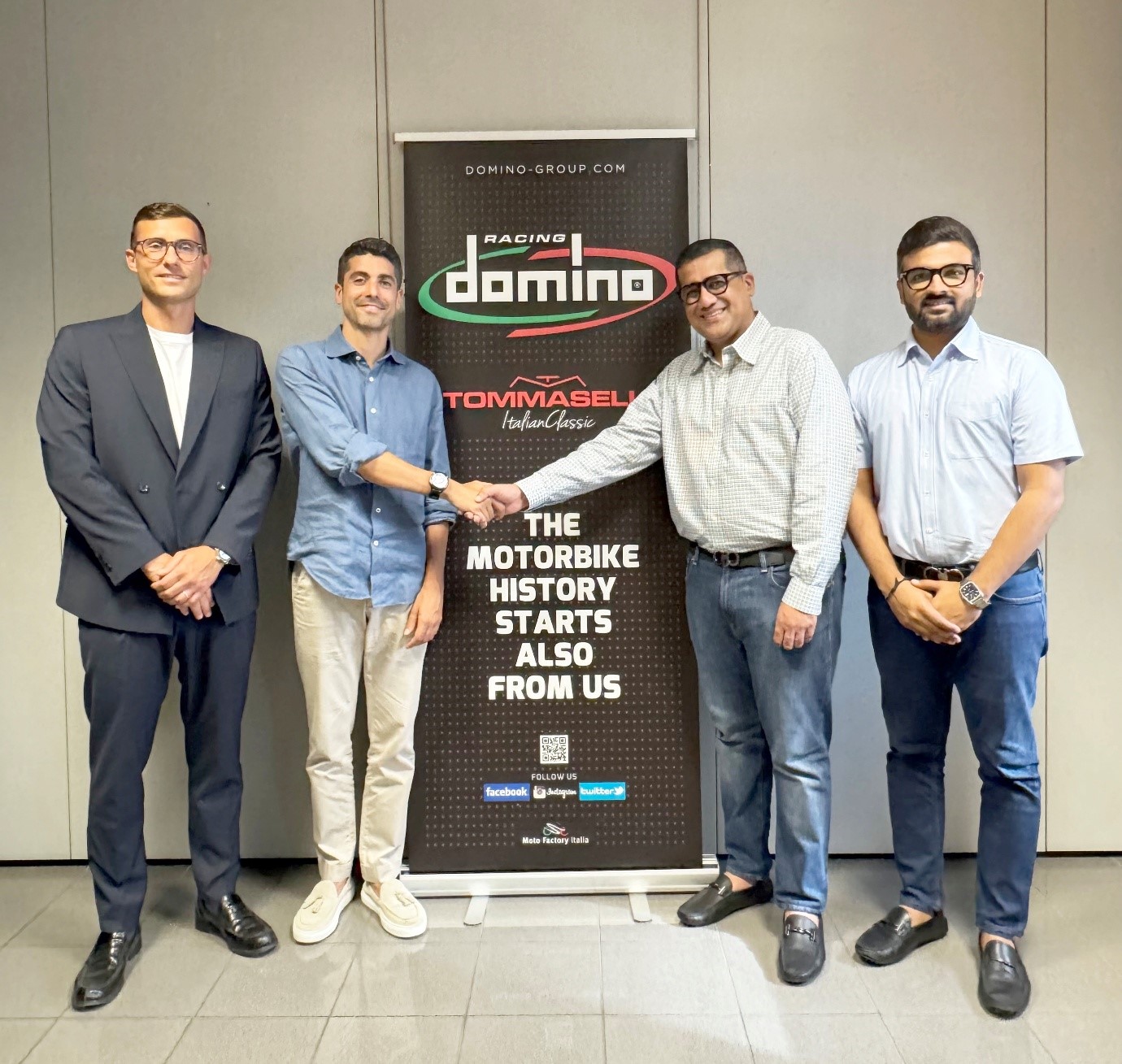
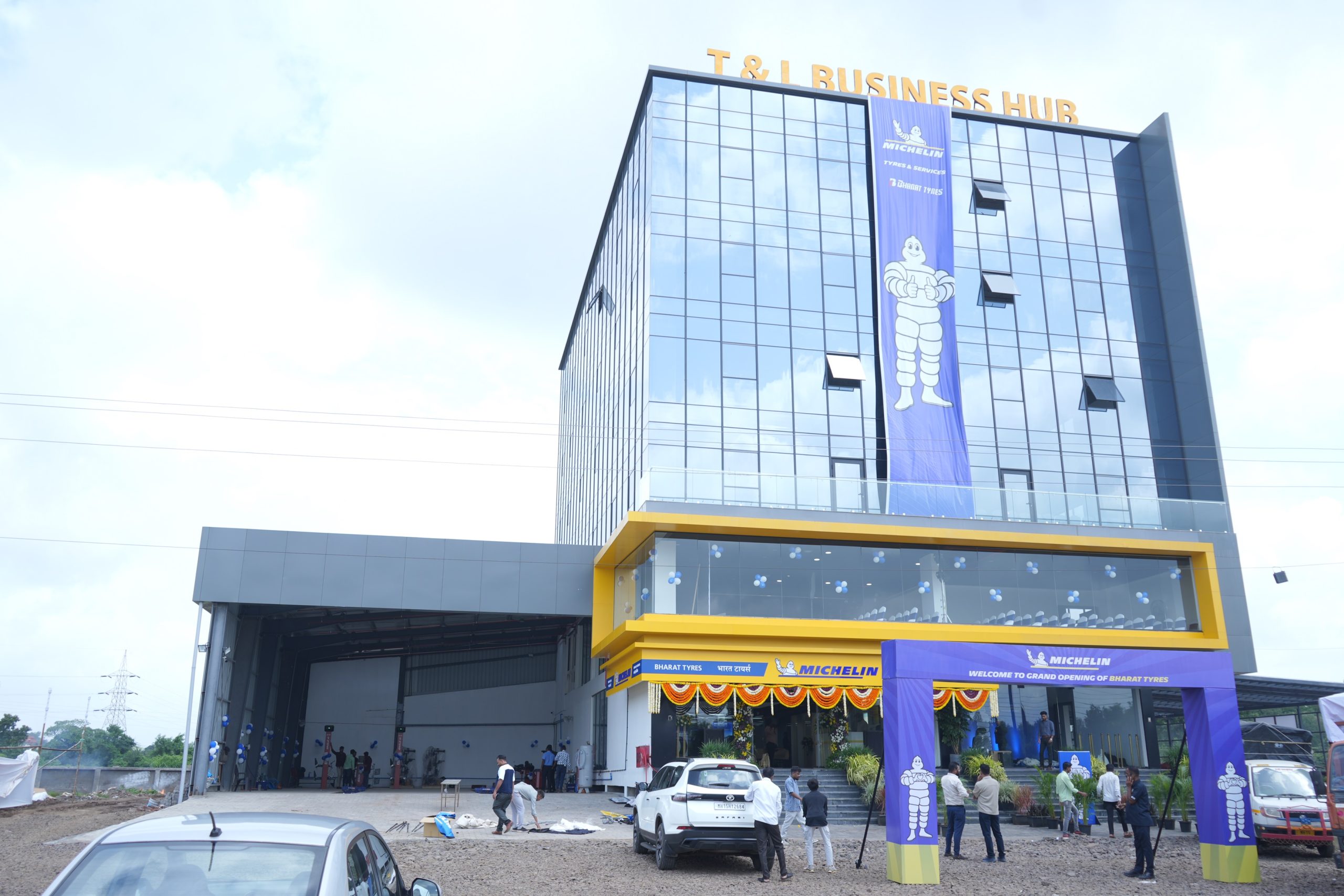

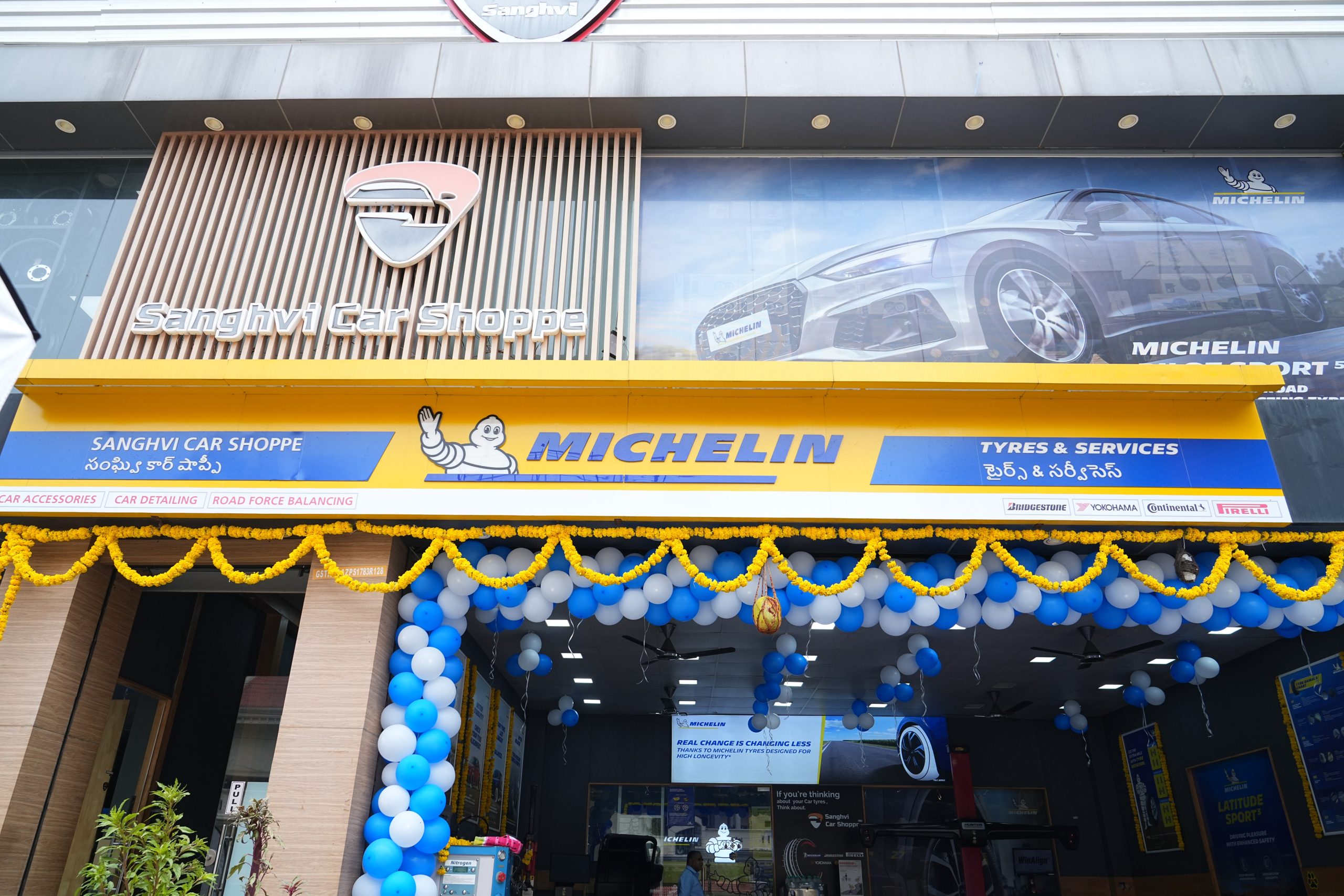
Leave a Reply